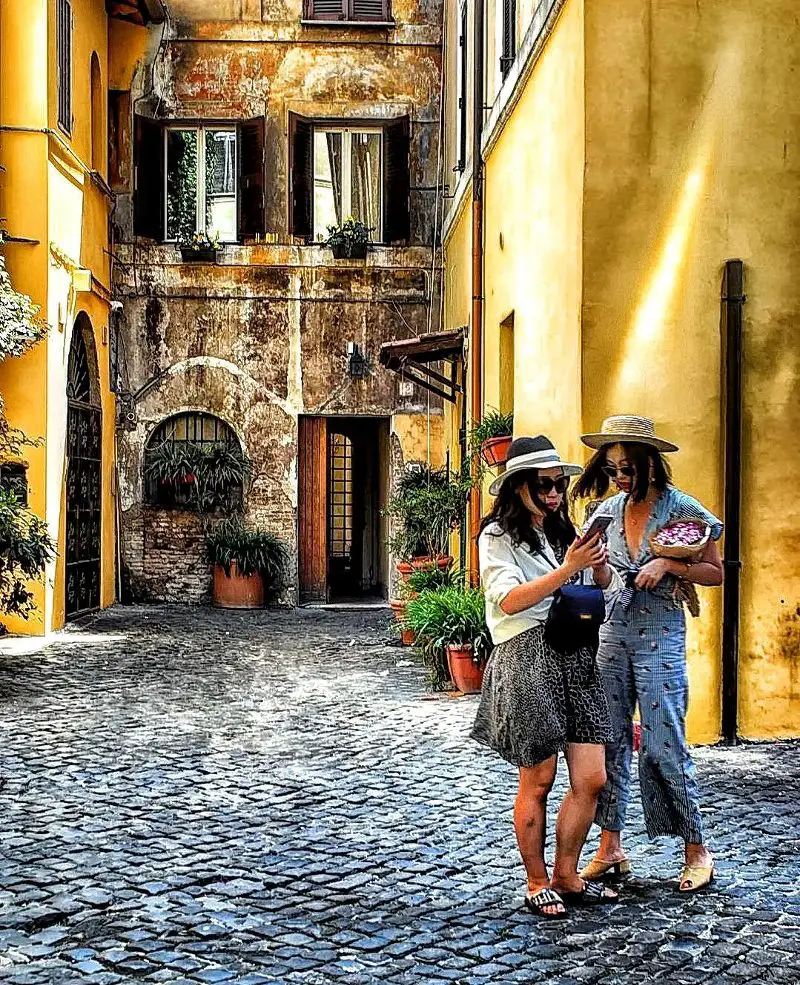Ciao! My name is Anna Giangregorio and welcome to my article on the Trastevere neighborhood of Rome. I have a somewhat original education. I have a degree in Psychology with a specific specialization in Psychoanalytic Psychotherapy but I work in the real estate industry in the center of Rome.
This work in real estate has allowed me to get to know the Eternal City quite well – in the historic and peripheral districts, and from the perspective of the local inhabitants, from what can be seen from the windows of the buildings and from inside the courtyards of the historic condominiums.
Photography has been a constant love of mine since taking school trips. I began to appreciate villages and cities by looking at them through the lens of a camera, and I have never stopped. In this sense, I completely agree with what the American photojournalist Burk Uzzle said, “Photography is a love story with life”, which as far as I’m concerned, is continually renewed.
I was born in Cassino (southern Italy) but I have Benevento origins, and I carry with me all the suggestions of the City of Witches. I moved to Rome after high school and lived in Piazza Vittorio and Tor Pignattara.

The Ever-Changing Nature of Rome
Rome is a continuous discovery. Although I have lived here for more than 20 years, I realize that I know only a small part of its centers of historical and cultural interest. What strikes me from a photographic point of view is that it’s constantly changing: it’s possible to photograph, for example, a reference point known as Castel Sant’Angelo and constantly change the perspective, but also notice differences any time of the day in any season.
The light and sunset colors are always changing. Rome offers new vistas all the time and it’s a challenge for amateur and professional photographers. Furthermore, Rome is a place where (I like to say) the whole world passes at least once. It’s a “human panorama” for those who love street photography: faces of all ethnicities, from all origins, and of every background and story.
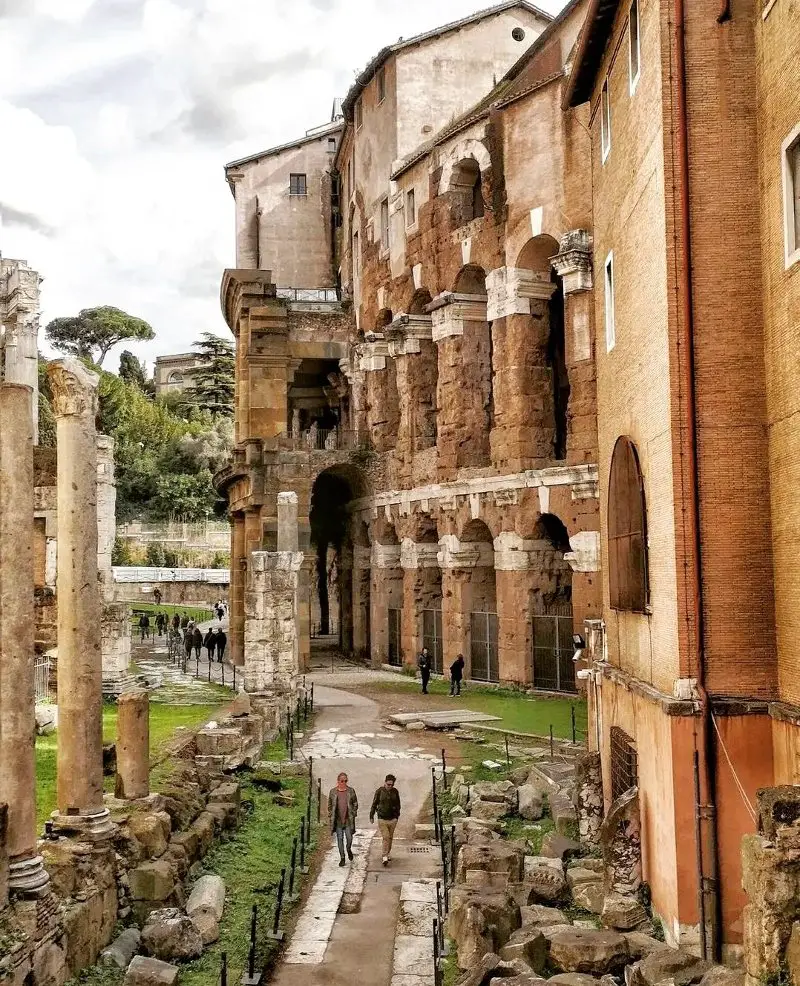
Trastevere, More than Just a Tourist Area
Trastevere is one of the neighborhoods that summarizes what has been said so far because it’s the center of popular, but also historic, Rome. There are many great churches, ancient trattorias, glimpses of stories of love and violence, and an overlap of humanity that has few equals in the world.
It’s currently considered a purely tourist area. Yet, this is just the superficial aspect of the neighborhood. You can still enter any of the condominiums and see historical residents, as well as foreigners who have decided to move to Italy to savor the taste of authentic papal and medieval Rome.
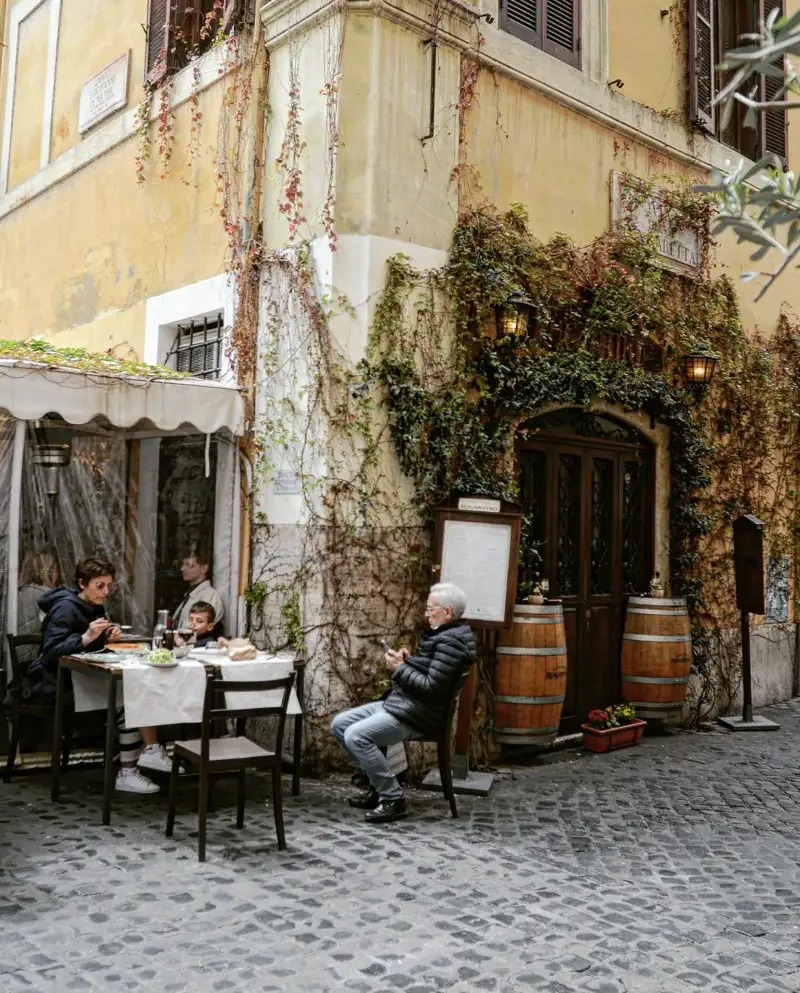
My Favorite Part: Around the Basilica of Santa Maria
The area of Trastevere I love the most is the part in the immediate vicinity of the Basilica of Santa Maria. This spot is full of alleys to capture and local trattorias where you can sample traditional Roman cuisine. For example, La Canonica Ristorante which is a former rectory next to a church, Tonnarello, the Nannarella osteria and of course the famous Antica Osteria Rugantino.
I find Trastevere to be a special neighborhood of Rome because, despite the continuous passage of tourists, it still hasn’t lost its Romanesque soul. Therefore, Trastevere is a little bit irreverent and in a sense poignant.
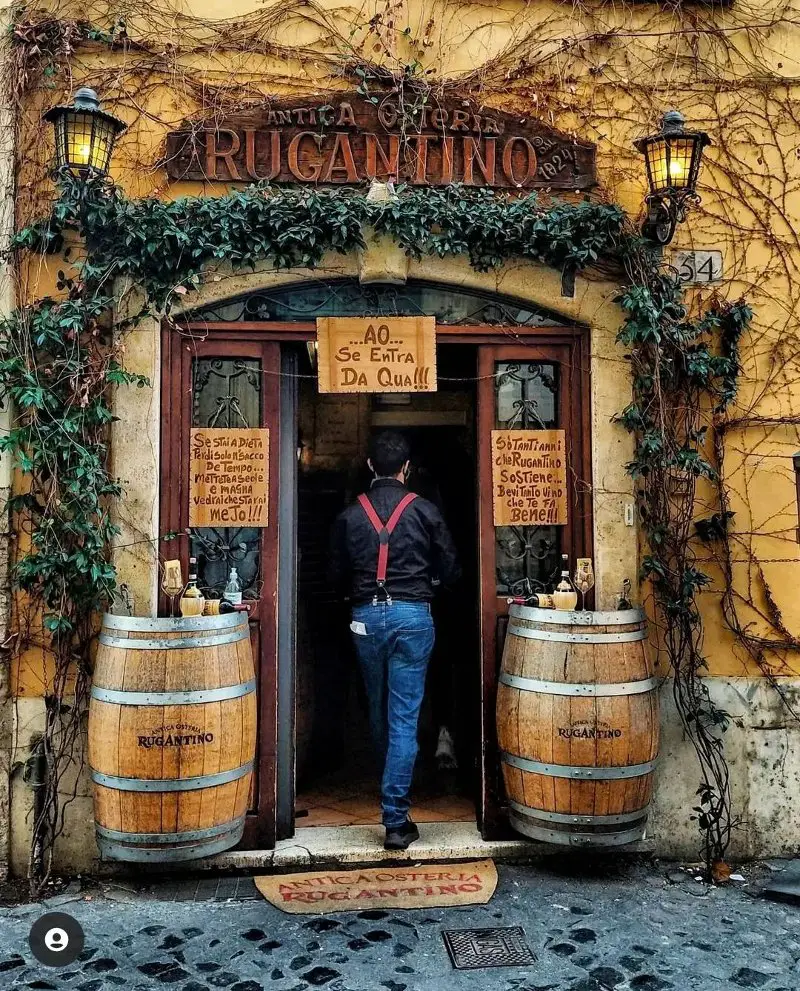

Top 5 Things To Do in Trastevere
- The Tempietto, Chiesa di San Pietro in Montorio, Built by Donato Bramante: This is the exact location where Saint Paul would have been killed. It’s an architectural jewel, and a sacred and mystical destination. In the same place, you can also soak up a wonderful view of Rome.
- Antica Pesa: Francesco Panella’s romantic Michelin-starred restaurant, Antica Pesa, respects the ancient tradition of Roman cuisine. It’s an essential dining experience if you wish to understand and appreciate Roman cuisine, even if the price is slightly higher than the norm.
- Alleyways: To discover the flavor of a walk full of history and culture.
- Piazza Trilussa: For direct contact with the daily life of the Romans residing in the neighborhood and of the students who come to Trastevere for a cheerful and carefree evening, I recommend heading to the charming Piazza Trilussa. It’s also possible to meet Roman and non-Roman artists, actors and musicians who take a break from their work or from the set.
- Vicolo del Moro: To savor the Trastevere that the residents hold dear, through historic shops and old clubs where you can listen to live music.
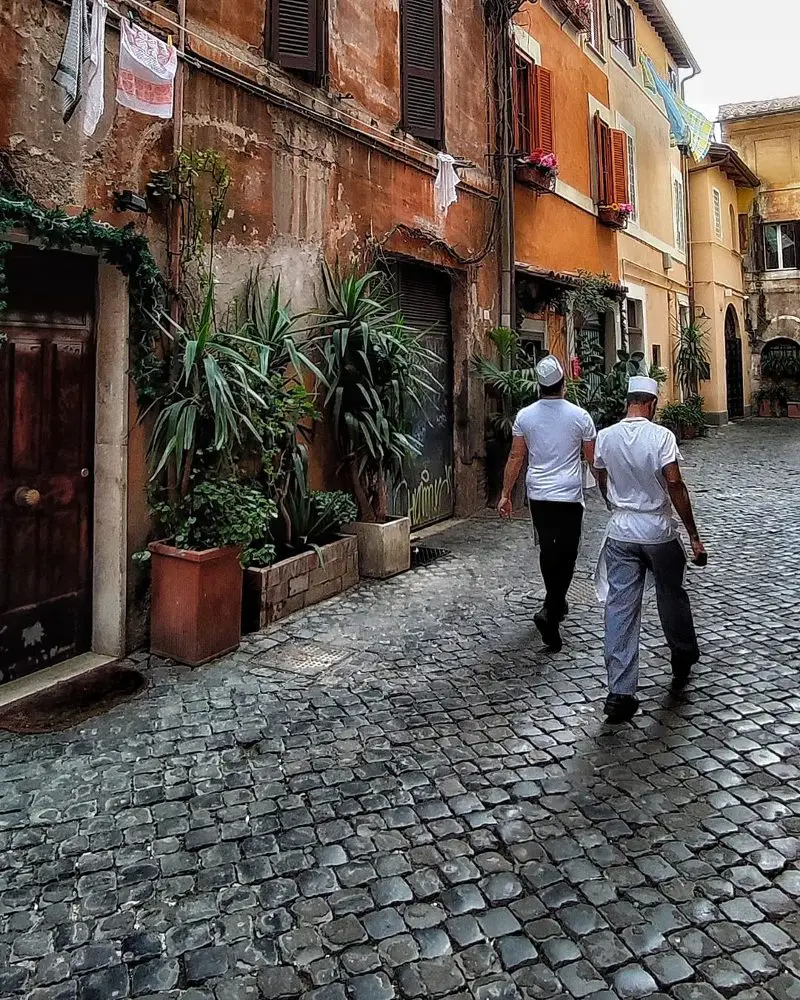

Multi-Cultural Atmosphere of the Neighborhood
Trastevere is an absolutely transversal neighborhood both in terms of work and ethnicity. Over the last few years it has seen a concentration of new residents from North America and the United Kingdom (especially artists, writers and journalists). The population now includes all social realities.
I think that is why Trastevere is such a special neighborhood. Every type of person lives here now. You can meet the well-known faces of cinema by having lunch next to local workers or carers of the wealthy bourgeoisie.


Traditional Roman Cuisine of Trastevere
Typical Roman cuisine is characterized by the traditional recipes of “cucina povera” like carbonara, cacio e pepe, pasta alla gricia, the fifth quarter (i.e. offal, heart, kidney, liver and spleen), amatriciana, lamb chops and oxtail.
Alongside this cuisine that meets the taste of many, but not all, there is a type of cooking that has been developing in Trastevere which aims to lighten dishes that could be seen as too rustic. In contrast, a series of less “alla buona” (simple) and a little more sophisticated establishments were born. They aim to preserve the modern notion of Roman cuisine.
Then there is the opportunity to taste Roman street food which the king and queen are the suppli and Roman pizza, but also cod filet and vegetables in batter. In addition to all of this, there are ethnic cuisines that can be found as well. The main ones being Chinese, Japanese and Mexican.

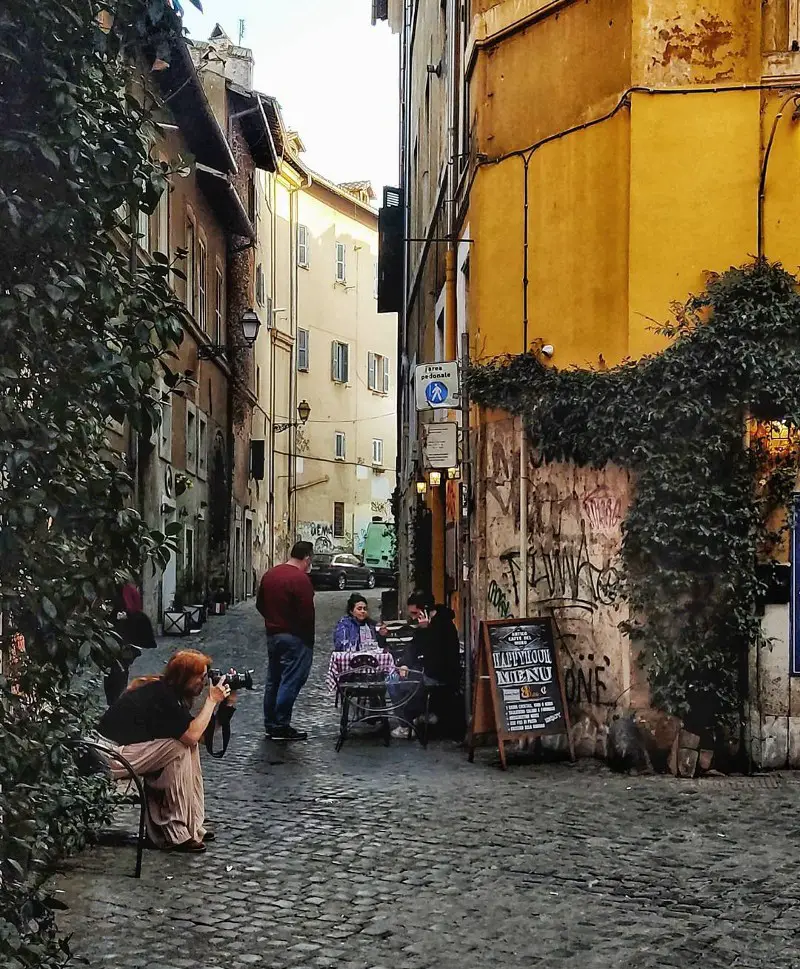
What you Need to Know Before you Go
I suggest staying in a holiday home in Trastevere to have the possibility of direct contact with the owners. Usually, they have been living in this neighborhood for generations and make their old family homes available. It’s perhaps less comfortable than a hotel but certainly more authentic.
The key to experiencing Trastevere is to be aware that it’s definitely a tourist area. It has changed to accommodate the great demand for typical products that essentially come from abroad. Despite that, it hasn’t lost its authentic Romanesque soul. Don’t be put off by the crowds of tourists.
I suggest looking deeper than the surface and understand that the Romans themselves frequent this neighborhood – especially when they need to recover true and spontaneous aspects of the Roman world that have been lost in the historic areas to monuments, ministries and politics.
